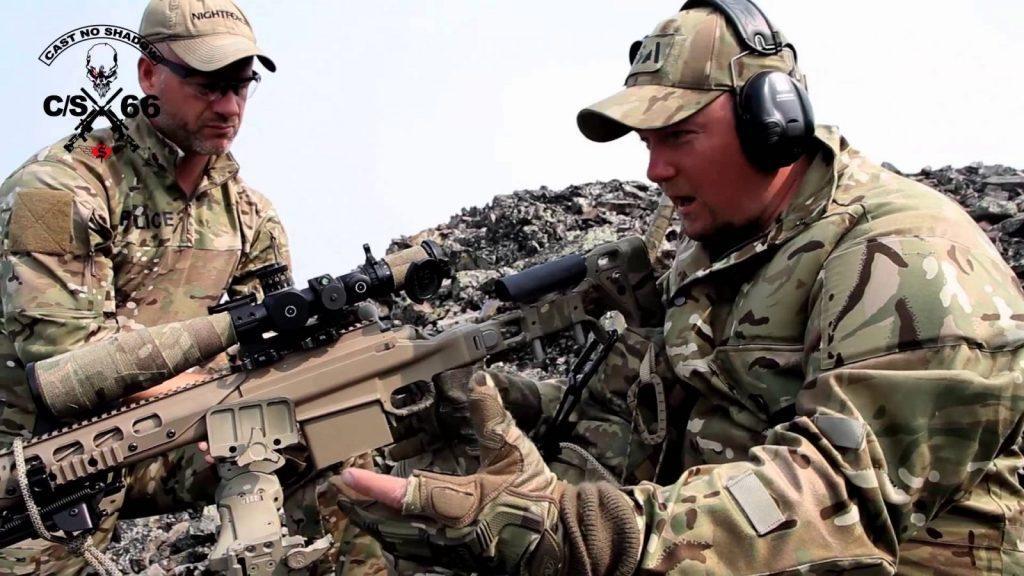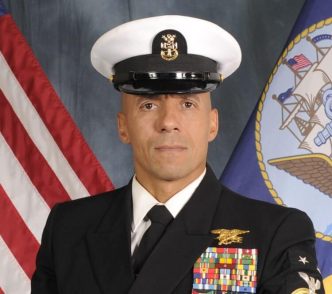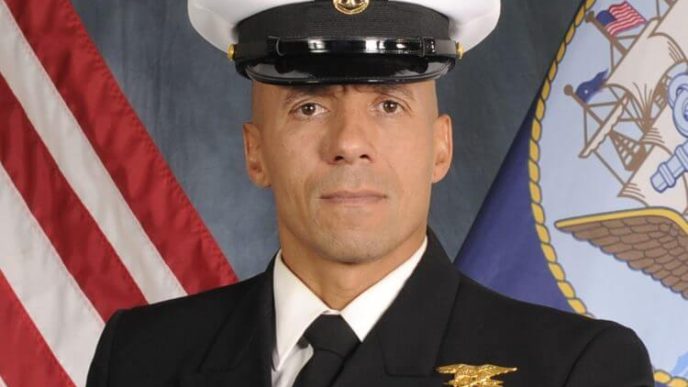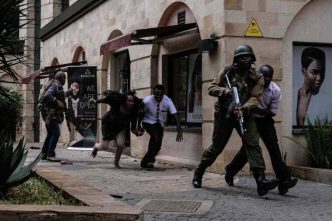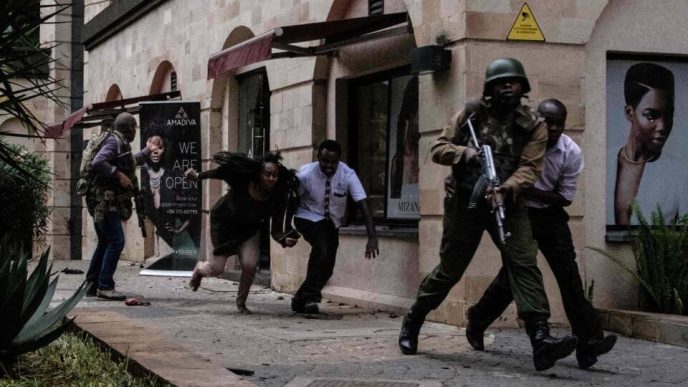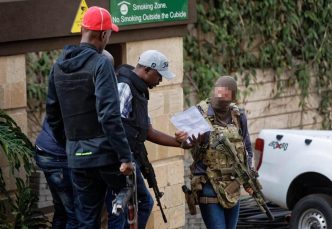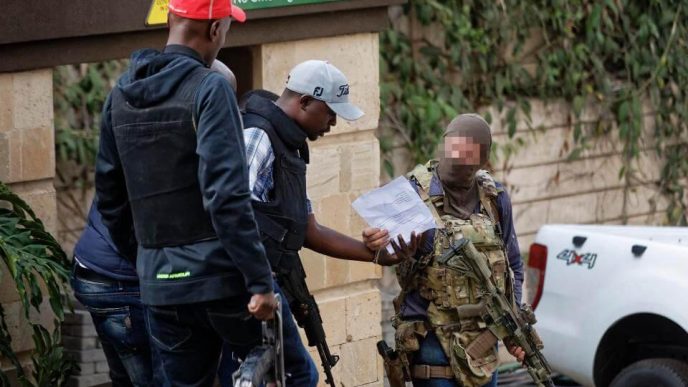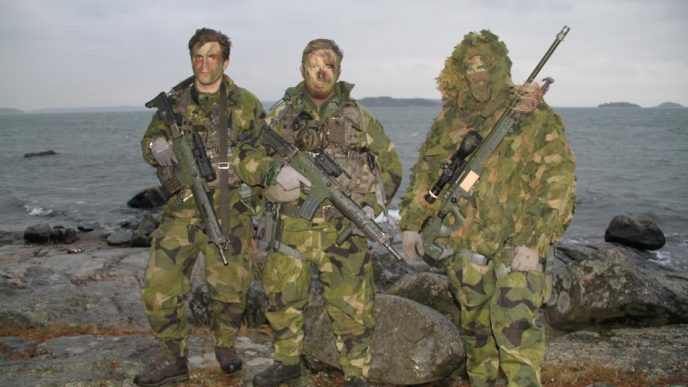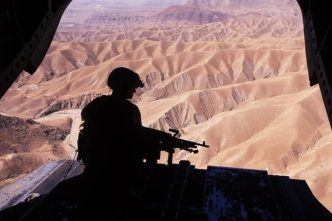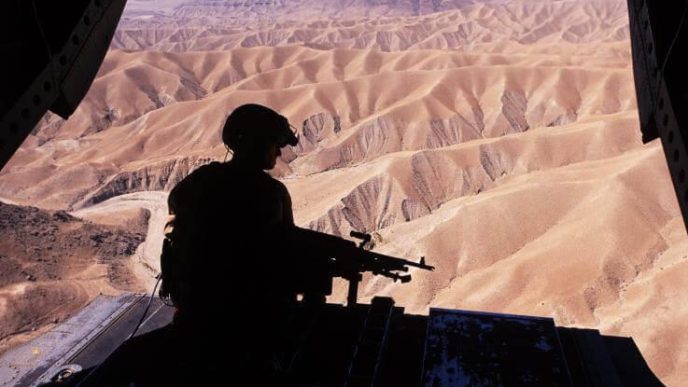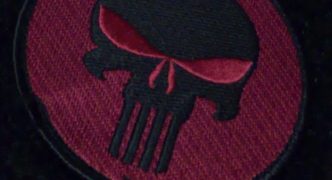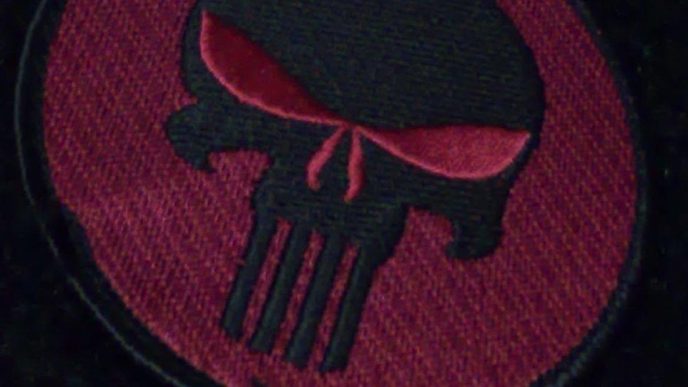Sniper in modern warfare is a valuable asset. All sides of the conflict saw the value in a sniper, and no side has ever said that it is immoral or wrong in any way. A sniper is very aware that things will go well for him if captured by the enemy.
Snipers through history
I don’t know if it is right to say a good sniper as the enemy certainly doesn’t see it that way, so I will say an experienced sniper. An experienced sniper, let’s say Sergeant York US Army during WWI, always went for the last man in a string of marching soldiers, just as he went for the previous goose as a gaggle was flying past to put on the table. The others wouldn’t be aware as the action has taken place behind them.
If the front guy or goose struck, those following would quickly dissipate. York would keep taking out the rearmost target and bag several kills. He also realized in the trench warfare that if you occupy the enemy flank, i.e., the side of the row, you could keep firing as each man fell. Only one could fire back at a time, and he just had to be quicker with the bolt and reload.
The sniper was then considered sneaky. They were loaners in the two world wars, and everyone looked at a sneaky loaner with great suspicion. The Russian snipers would take out officers and those soldiers sent out to repair or lay communication lines. This was highly effective.
War took a move to the point of sheer chill when it found that an injured soldier took many more of the enemy out of the fight. It put a strain on resources and caused logistical problems behind the lines. So the clean kill of the sniper unless on an important target was becoming unsuccessful compared with anti-personnel mines and some improvised devices.
In the Korean war, the number of injured soldiers increased to such an extent that the only way to deal with the casualties was to have mobile hospitals MASH. Troops could be patched up and sent back much more efficiently with helicopters and medivac units.
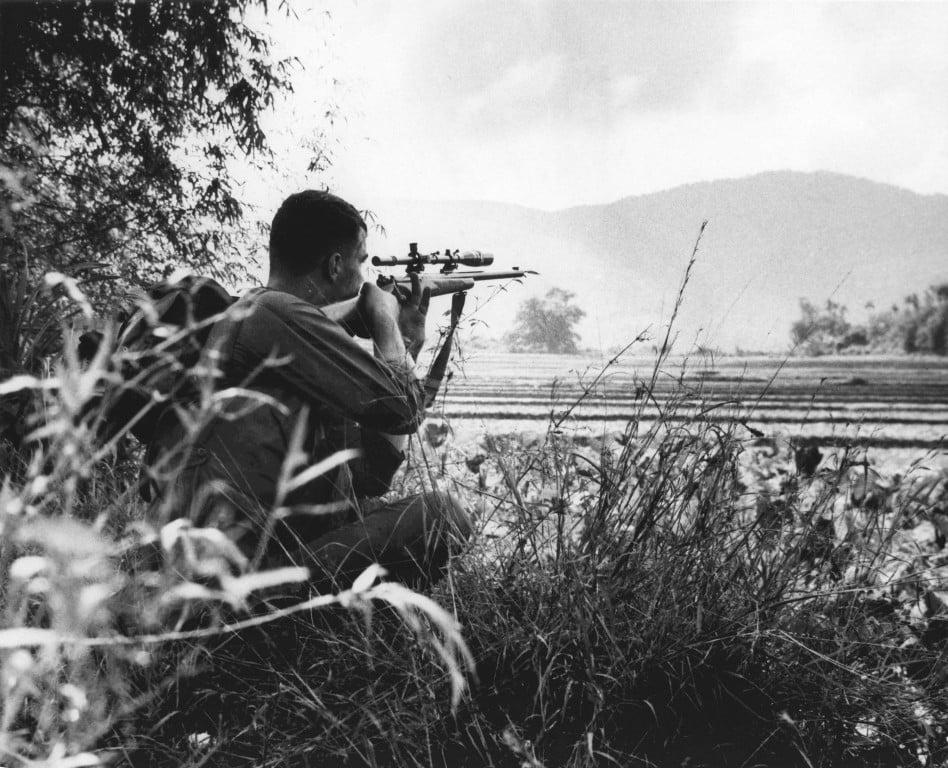
The Vietnam conflict was a new era in combat strategy. Sharpened bamboo sticks were placed in shallow holes lightly covered with shrubs. The soldier’s weight was enough for the pointed sticks to penetrate boot soles and flesh, ergo, out one GI. Put a bit of garlic or festering dung in the bamboo hollow, and the infection would keep a GI in the hospital for weeks.
The Viet Cong also had snipers and purposely wound the lead soldier to lure others to help. That way, they knew that they would kill or injure many more. American snipers found that the same was not true of the Viet Cong soldiers they shot to wound. Rather than risk their small platoon, they would find a different route and leave their comrade to their fate. Theirs was an ideological struggle, and fanatics are not sentimental in conflict.
The Vietnam war was a brutal war to fight. Not only did the enemy have underground tunnels, but they also used neighboring Cambodia to move troops. Legitimately the US and allies could not use Cambodia, and the frustration must have been almost unbearable for commanders. Also, how can you tell a South Vietnamese from a North Vietnamese? The NVA wore uniforms and were easily identified; the Viet Minh mainly wore black, as did the Viet Cong, and the only way to tell friend from foe at a distance was the distinctive outline of the AK rifle and extended curved magazine.
The North Vietnamese treated all enemies the same. It did not matter to them that it was a sniper or an airman; they would be treated in the same brutal way. As for North Vietnamese snipers, I think they were dispatched impassionately as they had no intel that would be useful. Not necessarily an execution, but more likely during the heat of a firefight as described in most dispatches.
Role of the sniper in modern warfare
More modern warfare continues the use of snipers as part of a team of specialists. Mainly two trained snipers would set up, one with his rifle and the other a spotter. They would be watching over another team of perhaps marines that were doing house to house.
Chris Kyle, US Navy Seal, was one such sniper during the Iraq war. His role as the sniper in modern warfare was portrayed in the Hollywood-blockbuster American Sniper. Had he been captured, then Chris Kyle would have broadcasted his fate for the world to see. Not because he was a sniper, but because he stopped Marines from being killed by taking out threats from huge distances and removed the carnage that was the Iraqi’s desire. He had a price on his head.

A sniper has the ability to get up close and personal. Unlike most other soldiers, the sniper sees the eyes of his target. Does he wonder what sort of husband the target is, whether he has children or but for circumstances out of his control, is this usually a good man? If he allowed himself the luxury to wonder all the things you or I might consider, he knows he cannot make the shot. Not because of sentiment, but because he needs all his composure to aim small, shoot small.
That is why he has been selected for the task. A hitman for the Mafia will always clear his conscience by telling the victim that ‘it ain’t positional’ before shooting him behind the ear. It cannot be personal because the mind must be full of the precision needed. It is, however, personal for the comrades of the target. The stray bullet with his name on it didn’t happen… this shot was designed and not in the hands of the gods.
